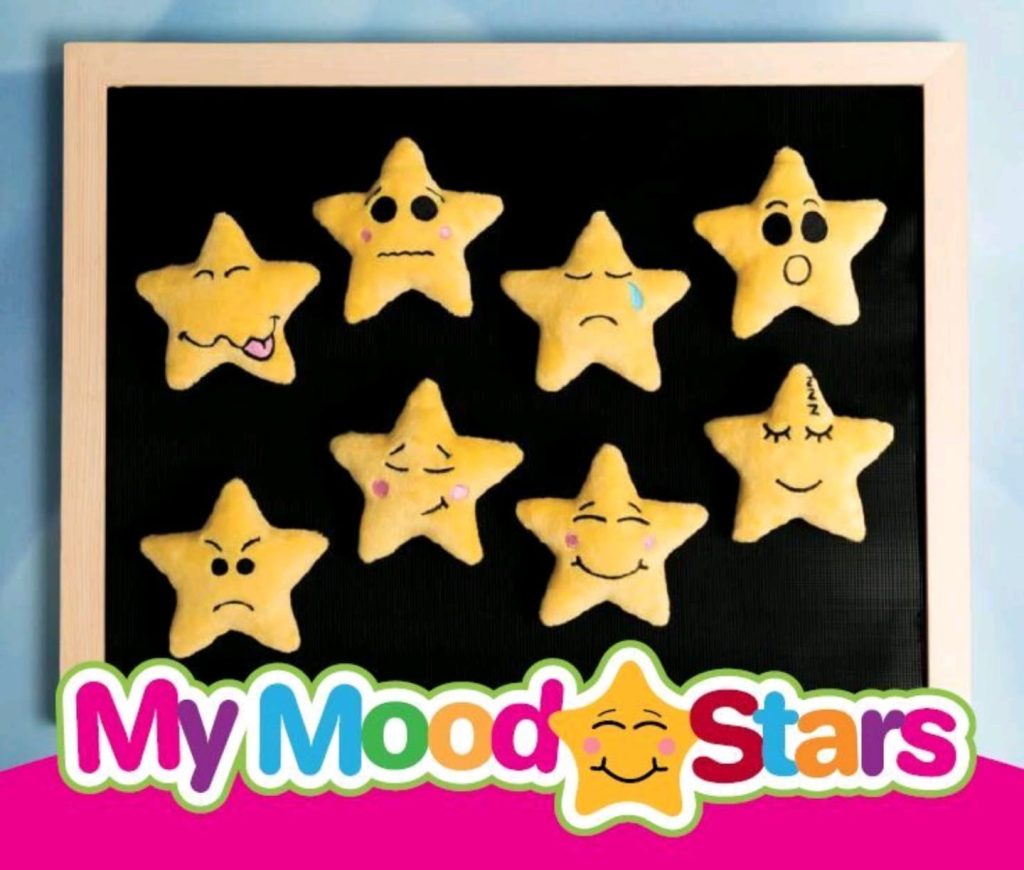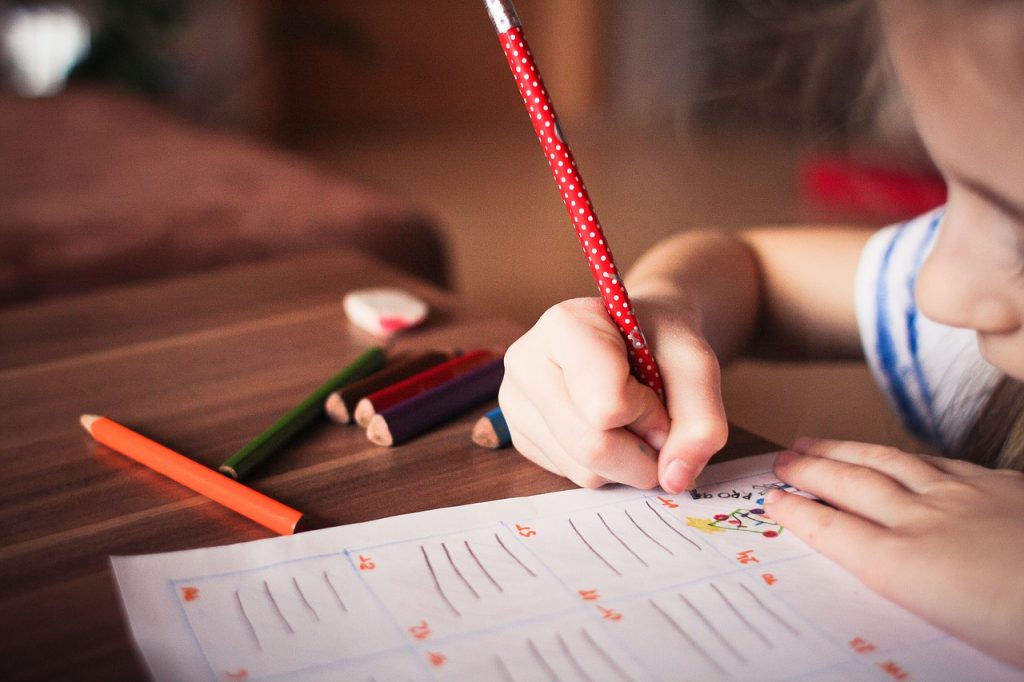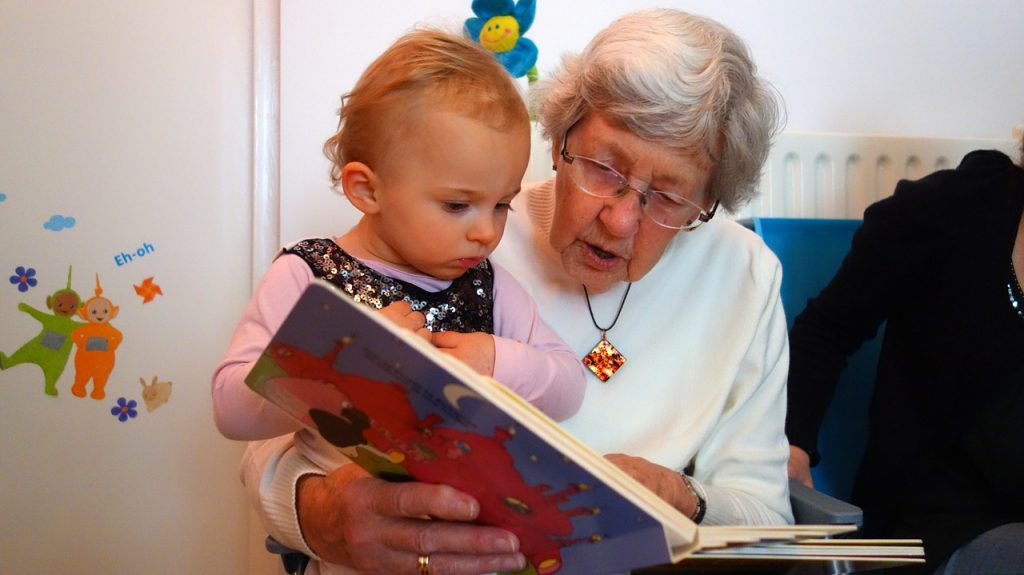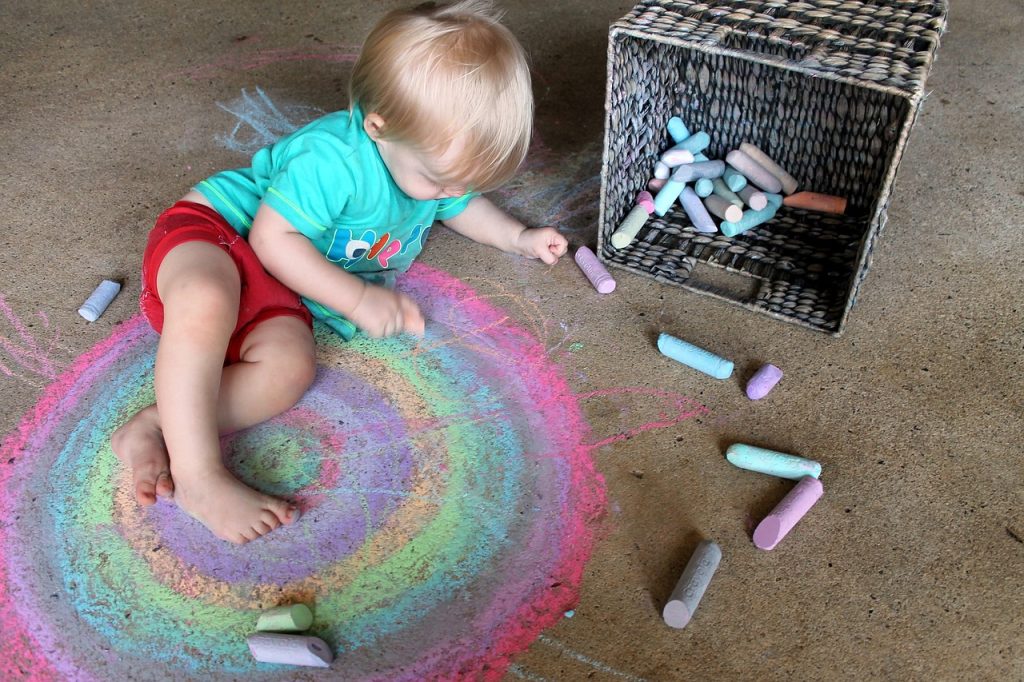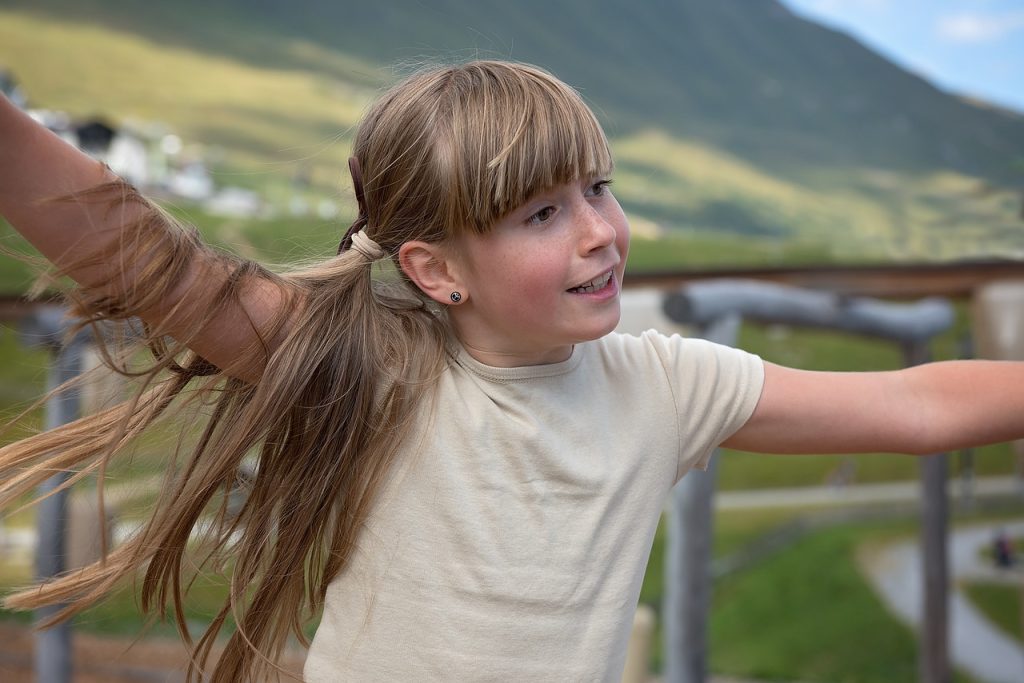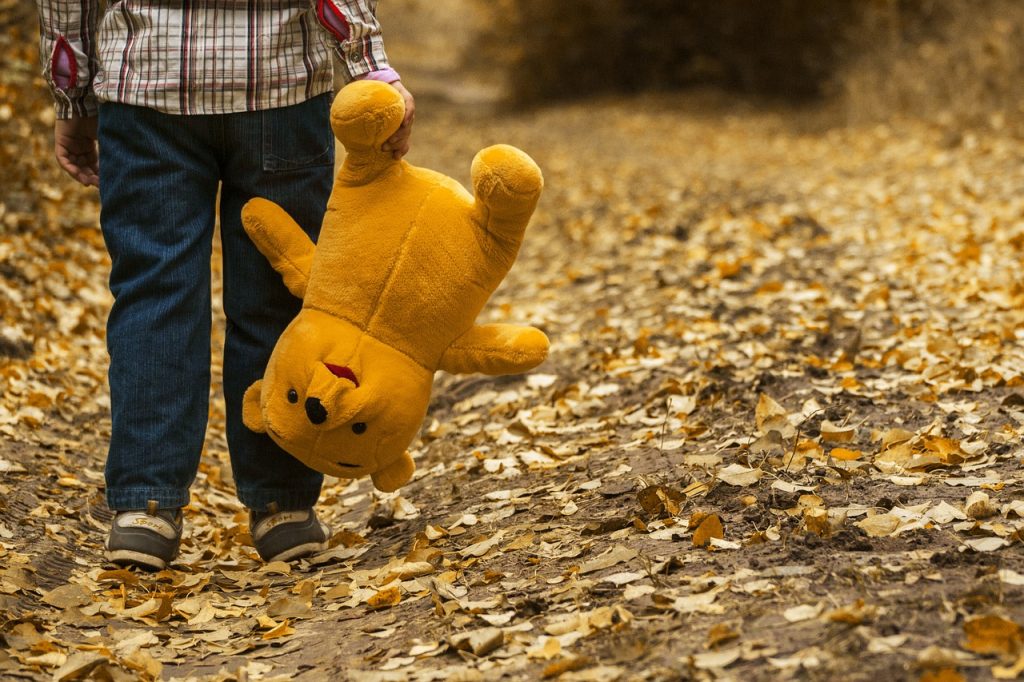Nannyjob are always keen to discover great ideas to encourage child development and we are really impressed with these fantastic My Mood Stars. The idea was thought up by former Childminder Wendy Elizabeth White and in the early stages of development her keen needlework skills came in very handy! Each yellow star filled with cotton depicts an emotion. There is sad, happy, angry, scared, shy, silly, surprised and sleepy. We all know that the ability to express and control our emotions and to recognise them in others is an essential skill. However, for some children trying to communicate feelings can be difficult and frustrating.
Self-confident children in touch with their feelings find it easier to flourish in social situations. Indeed personal, social and emotional development and communication are key aspects of the Early Years Foundation Stage in the UK. Children who understand and can express and manage their own emotions, as well as those around them, are more likely to develop a positive sense of self and be assured and inquisitive learners and these Mood Stars are a great way to encourage conversation and expression with your little ones. For more information please visit.
www.mymoodstars.co.uk
Twitter – www.twitter.com/mymoodstars
Facebook – www.facebook.com/mymoodstars
Instagram – www.instagram.com/mymoodstars41

